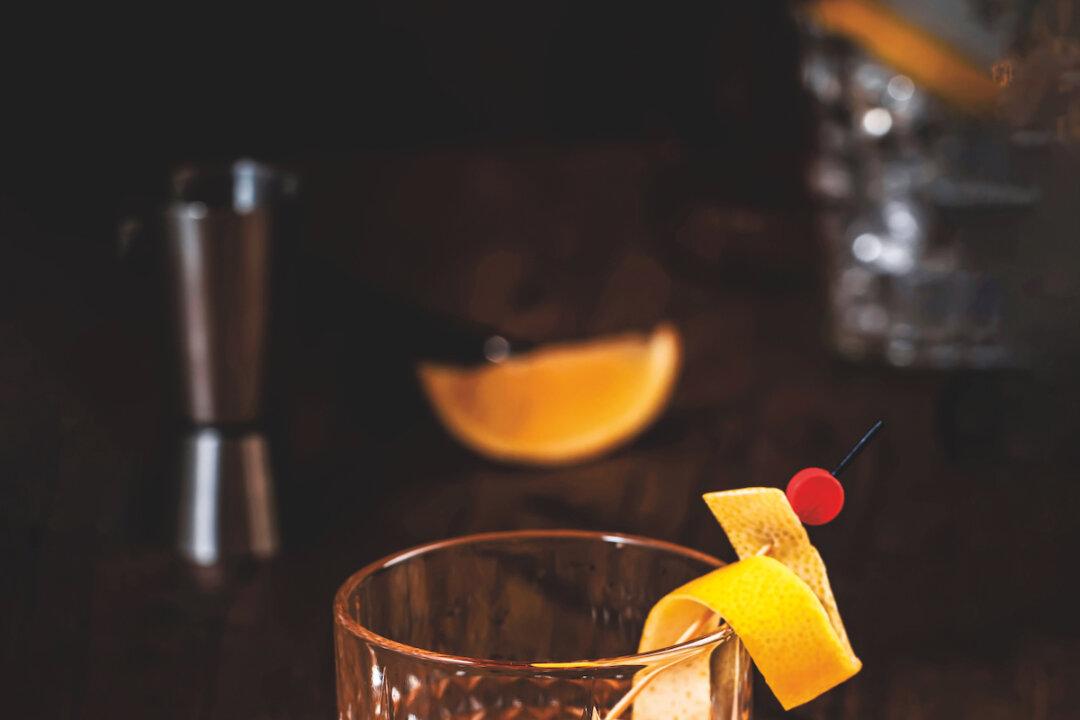The history of this signature cocktail of New Orleans is a bit like building a drink: Bits were added until it arrived at the final recipe. When you’re mixing one, you realize that at its heart, it’s an old fashioned—whiskey, sugar, bitters. But the devil’s in the details, and the details make the Sazerac 100 percent New Orleans.
In 1838, a local druggist, Antoine Peychaud, created his own bitters, a blend of root extracts and spices that worked as a digestive. He added this not to whiskey, but to brandy. The Sazerac is often called America’s first “cocktail,” because Peychaud allegedly served his new drink to fellow Masons in a coquetier—an egg cup—and the word got twisted around. But the redoubtable Oxford English Dictionary credits an older London use initially meaning a horse with an upturned tail, but eventually evolving to indicate a horse of a mixed breed. Did it become a mixed drink from there? Maybe.





